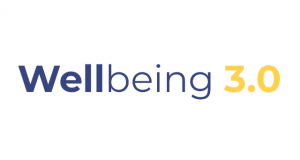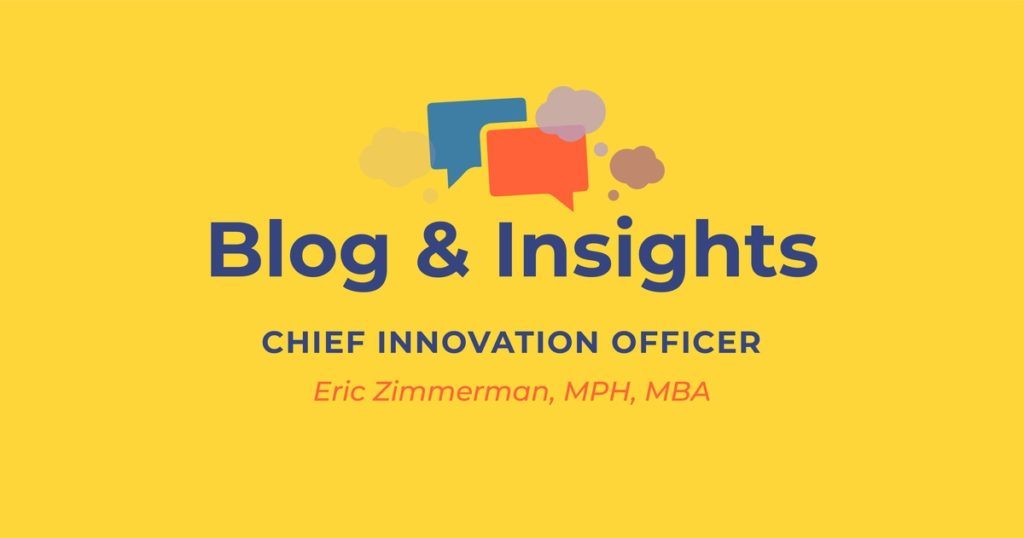

Are We Getting Engagement and Behavior Change Right?
Part 2
In last month’s column I shared that the study of how people change for the better represents a lifelong theme for me. From a childhood being raised by an experimental psychologist, and a clinical therapist, to the arc of my academic and professional career spanning evolutionary human biology, behavior, and public health, the topic has animated my pursuits. You might say it’s a Purpose.
In this month’s column let’s go from theory to practice. And as a warm-up, here’s a workforce wellbeing pop quiz. Which of the following statements are true?
- Participation incentives produce health behavior change
- Incentives tied to biometric outcomes lead to improved outcomes
- When it comes to engagement with apps or web portals, the more the better.
So, which sounds right to you. All three? Thinking two truths and a lie? None of the above?
It turns out the evidence for the first is mixed at best, there is compelling evidence against the second, and a lot of confusion about the third. While incentives can help get people to show up, their actual impact on sustaining engagement and lifestyle behavior change is a bit more nuanced. The field of Behavioral Economics is full of examples of ways our behavior can appear irrational, from a classical economic viewpoint. Repetitive low-challenge task? Incent. Something challenging, meaningful, and intrinsically rewarding once mastered? Think twice before layering in an incentive. The problem, behaviorally, with many wellness program designs is that the reward becomes the goal. It becomes an optimization game for users (how little can I click and still get the payout).
I flew to Minneapolis this past week to participate in important meetings and see people I care about. The fact that Delta awarded me SkyMiles was a happy byproduct, but it wasn’t the goal. Can you say that about your wellbeing program incentives design, when viewed by your participants?
What about offering an incentive for biometric outcomes? Does it produce better outcomes? A large-scale research study paper I had the opportunity to co-author concluded that the answer is a resounding “no.” Programs that incented biometric outcomes were no more effective than those simply incenting participation. And, anecdotally, we saw that the outcome-based incentive actually depressed engagement by those at elevated risk in biometrics measures.
And as for “more is better” when it comes to clicks, it’s possible that vendors have played a role in promoting an over-focus on clicks and taps as a core gauge of delivered value. I once heard a client boast about a 76% portal registration rate. That’s not a bad thing, but does it really mean anything?
My suggestions below are rooted in the idea that engagement on the app or portal is nice, however engagement in health, work, and life are essential. In other words, clicks on the portal or taps on the app are likely reported because they are easy to measure. Let’s go deeper into what really matters in producing positive change.
Here are three things to reflect on as you examine your current wellbeing strategy, program design, and measurement approach.
- Set the stage if you want them to engage. This means focus on the context in which your wellbeing initiative shows up. Wellbeing benefits delivered digitally are great, however great results usually take more than an app: you need to wrap in leadership and team elements, a focus on work and life context, and multiple choices in ways to engage. Look for a wellbeing partner that does more than incent clicks, and that embraces multiple channels of engagement and impact.
- Measure what matters. If leadership and culture matter, make sure you’ve got these elements in your arsenal of metrics. We call these elements (like a sense of belonging and support for and connection to personal purpose) the Organizational Determinants of Health. Similarly if “life gets in the way” factors (often called Social Determinants of Health) are keeping people from showing up, bringing their best, and adopting better habits, measure these barriers (and facilitate access to help in these areas). Add a focus on the Personal Determinants of Health too: it turns out that sense of purpose, connection, and optimism are powerful drivers of resilience and of thriving.
- Look beyond clicks – go for engagement that sticks. Whether you are seeking to create an employee experience that people love, aiming for enduring healthy habits, or working to help patients become more active partners in their care, start by uncovering their “why”: their personal purpose, vision, and sense of connection. By simply asking these questions, and employing them as a context for change, you’re setting the stage for a more enduring and authentic form of engagement in health, in work, and in life.
If your current approach falls short in one or more of these areas, consider a redesign, realignment, or even a reboot. Set your sights on the kind of engagement that really matters.
About the Author

Eric Zimmerman, MPH, MBA
Chief Innovation & Commercialization Officer
Eric has over two decades of global experience in design, launch, and commercialization of breakthrough solutions focused on population health, connectivity, community, and collaboration. He also brings insights and experience from designing and implementing employer based wellbeing strategies reaching hundreds of organizations globally.
